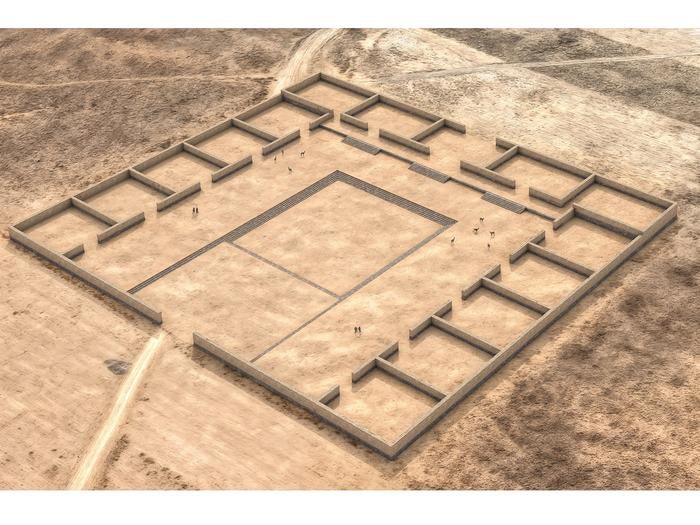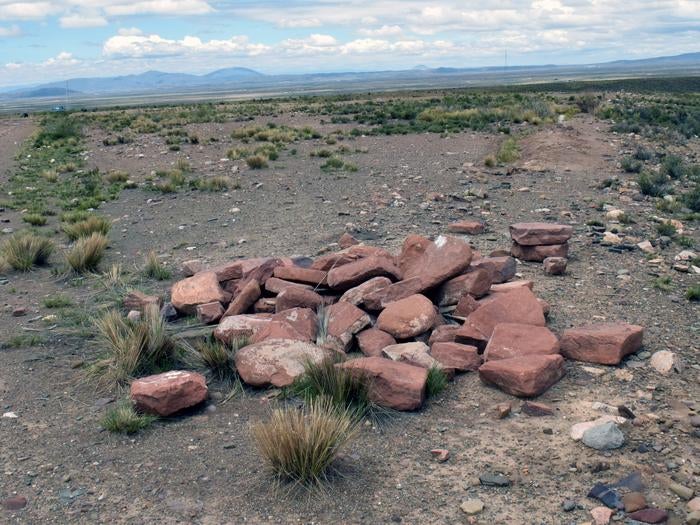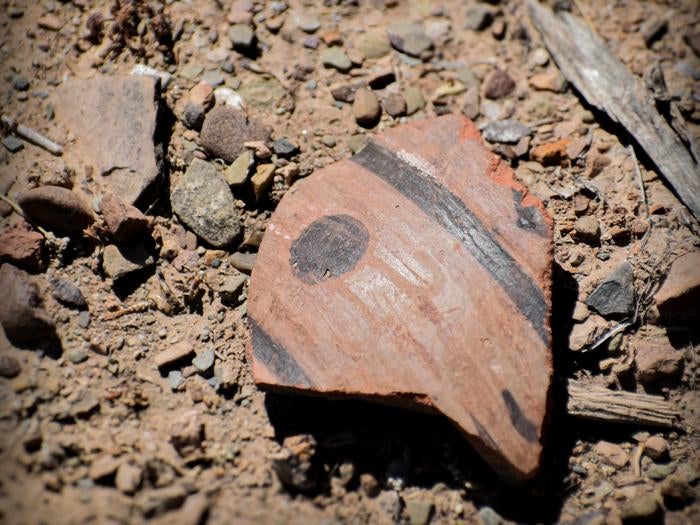Archaeologists have discovered the ruins of an ancient South American temple they say has helped pull back the curtain on the workings of its enigmatic Andean civilization.
Known as the Tiwanaku, the society lived in modern-day Bolivia near the southern shores of Lake Titicaca – the highest navigable lake in the world – before their mysterious disappearance more than 1,000 years ago.
People had first started to live in the region around 10,000 years ago, according to University of California at Berkeley archaeologist Dr. Nicola Sharratt. As many as 20,000 people came to reside in the area. Skilled stoneworkers, the Tiwanaku were widely considered to be a precursor of the Inca empire and one of the earliest examples of civilization in the Andes mountains.
“Their society collapsed sometime around 1,000 CE and was a ruin by the time the Incas conquered the Andes in the 15th century,” José Capriles, an associate professor of anthropology at Penn State University, said in a statement. “At its peak, it boasted a highly organized societal structure, leaving behind remnants of architectural monuments like pyramids, terraced temples and monoliths, most of which are distributed in sites around Lake Titicaca and, while we know Tiwanaku’s control and influence extended much further, scholars debate how much actual control over distant places it had.”
Capriles was the lead author of the international study detailing the findings published this week in the journal Antiquity.
The temple is called “Palaspata,” which was the native name for the area. Palaspata is located on a hill, approximately 130 miles to the south of the Tiwanaku’s established historical site. The area was previously known to indigenous farmers, but had never been explored in depth by researchers.
After noticing a strange plot of land with four sides, they turned to technology to learn more. They snapped and compiled satellite images of the site, and also took pictures using cameras aboard unmanned aerial vehicle flights. Then, they used the photos to construct a three-dimensional approximation of the Palaspata and its surrounding landscape. About the size of a city block, the complex includes 15 quadrangular enclosures arranged around a rectangular inner courtyard.
Its composition, the authors said, suggested that it was used to perform rituals following the solar equinox: a bi-annual moment when the sun is positioned directly above the equator. But, it likely was not solely used for religious purposes.

Much about the Tiwanaku civilization remains unknown, but Palaspata would have been in an advantageous trade spot, according to Capriles. Many people traded and built monuments throughout the mountains. This temple connected three main trade routes, including the highlands, a high-altitude plateau, and the Andean valleys of Cochabamba.
“Most economic and political transactions had to be mediated through divinity, because that would be a common language that would facilitate various individuals cooperating,” he explained.
On the surface of the ruins of Palaspata, the scientists found fragments of “keru” cups, which were used for drinking a traditional maize beer called “chicha” during agricultural feasts and celebrations. The maize was cultivated in the Cochabamba valleys.


The researchers had worked with the Bolivian Ministry of Cultures, Decolonization, and Depatriarchalization to export samples of the ruins, which were dated at the Penn State’s Institute of Energy and the Environment Radiocarbon Dating Lab.
The city is now working with state and national authorities to help properly protect and preserve the site.
“With more insight into the past of this ancient site, we get a window into how people managed cooperation, and how we can materially see evidence of political and economic control,” Capriles said. “There’s still so much to discover that we don’t know about, and that could be hiding in plain sight. It just requires opening your eyes to see what’s out there.”


